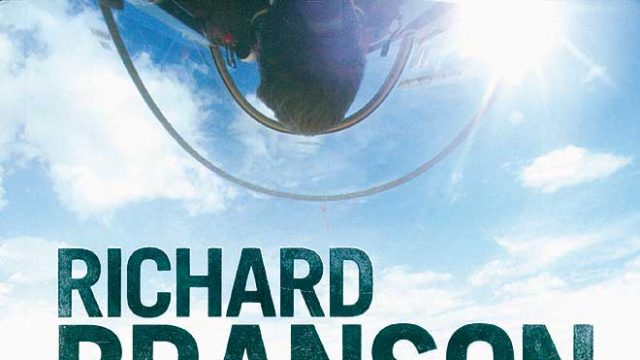At one time or another, almost everyone has dreamt of flying. The psychoanalytical interpretation is that flying equals release (sexual release if you’re a strict Freudian). However, down the ages, a rare breed of lunatic has sought to literally translate the flying dream into reality.
This book is about those dreamers and visionaries; the inventors and adventurers who’ve tried every trick they could think of to free themselves from gravity. It is a very personalised history of aviation from the perspective of those who are obsessed by flight. Many, if not most of them, have risked death in their experiments.
Aviation started with hang-gliders and balloonists and continued with heavier-than-air prop-machines, jets and rockets. It is a long way from being played out. Quite apart from brand-new possibilities like space and orbital flight, many near-abandoned concepts of lighter-than-air flight are being revived as material science and technology catches up with dreams.
The author has fashioned a larger-than-life image and built the Virgin mega-brand around a flamboyant personality. Most of his books are tedious bestsellers. They are guaranteed sales and B-school dissection because they are written by Branson rather than any literary or conceptual merit.
This is different. Flight has fascinated Branson since he was a child. The title is a tribute to the legless WWII ace Douglas Bader, who he knew and admired. All the other personalities are described with humour and, in certain cases like that of the late Steve Fossett, with genuine affection.
At one level, this is a very well researched narrative. It goes beyond the baseline of Blériot, Wright, Montgolfier, et al, in describing the contributions of many forgotten aviation pioneers. Quite a large segment consists of informed speculation about possible future flight paths. Yes, Branson does throw in lots of personal anecdotes about his own experiments with flight and there are unabashed plugs for Virgin. But the passion shines through and that elevates this history.




